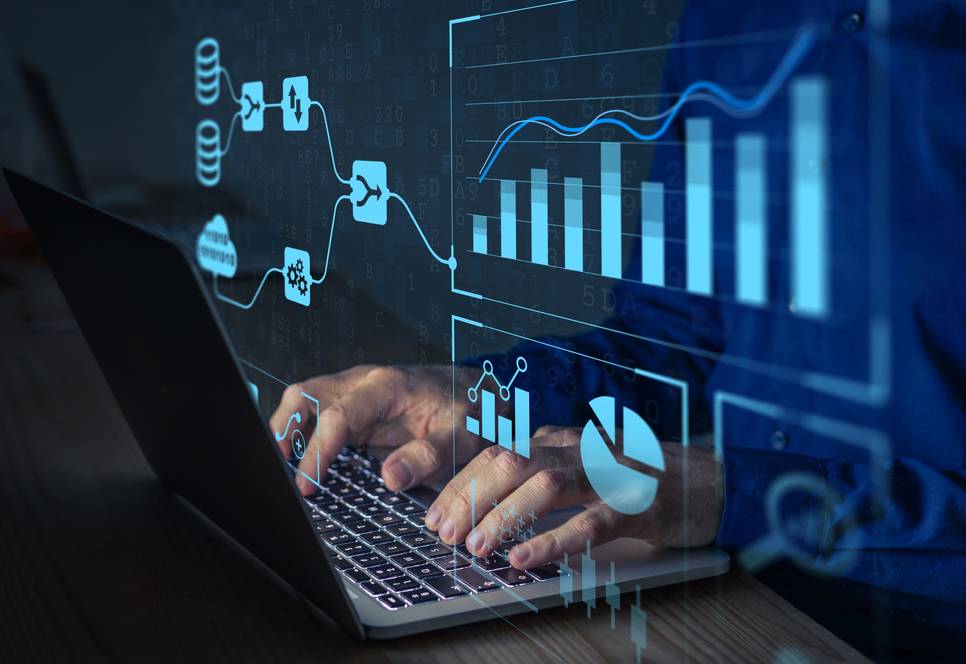The top tools for data analysis and visualization
Mar 18, 2023 | 10:54 AM
Data AnalysisData analysis and visualization have become increasingly important in modern business and scientific research. With the exponential growth of data, it has become challenging to analyze and understand it using traditional methods. Fortunately, there are several tools available that can help professionals analyze and visualize data more efficiently and accurately. In this article, we will explore the top tools for data analysis and visualization, and how to use them effectively.
Tableau
Tableau is a powerful data visualization tool that offers a user-friendly interface. To use Tableau, start by connecting your data source to the software. Once your data is imported, you can start creating interactive visualizations by dragging and dropping data fields onto the canvas. You can then customize your visualizations using a range of options, such as colors, labels, and filters.
Python
Python is a popular programming language for data analysis and visualization. To use Python, start by installing the necessary libraries and frameworks, such as NumPy, Pandas, and Matplotlib. Once installed, you can import your data and begin processing it using Python's powerful data analysis and manipulation functions. You can then use Matplotlib or other visualization libraries to create charts, graphs, and other visualizations.
R
R is another popular programming language used for data analysis and visualization. To use R, start by installing the necessary packages, such as ggplot2 and dplyr. Once installed, you can import your data and begin processing it using R's powerful statistical and graphical functions. You can then use ggplot2 or other visualization packages to create charts, graphs, and other visualizations.
Power BI
Power BI is a data analysis and visualization tool developed by Microsoft. To use Power BI, start by connecting your data sources to the software. Once your data is imported, you can start creating reports and dashboards by dragging and dropping visual elements onto the canvas. You can then customize your reports and dashboards using a range of options, such as colors, labels, and filters.
Google Data Studio
Google Data Studio is a free data visualization tool that allows users to create interactive reports and dashboards using data from various sources. To use Google Data Studio, start by connecting your data sources to the software. Once your data is imported, you can start creating reports and dashboards by dragging and dropping visual elements onto the canvas. You can then customize your reports and dashboards using a range of options, such as colors, labels, and filters.
Excel
Excel is a widely used spreadsheet application that can be used for data analysis and visualization. To use Excel, start by importing your data into the software. Once imported, you can start analyzing and processing your data using Excel's built-in functions and formulas. You can then create charts, graphs, and other visualizations using Excel's charting tools.
In conclusion, the tools mentioned in this article offer a range of features and functionalities that can help professionals analyze and visualize data more efficiently and accurately. To use these tools effectively, it's essential to have a clear understanding of your data and the insights you want to derive from it. At WAID3 IT Solutions, we offer data analysis and visualization services using the latest tools and technologies. Contact us at support@waid3.com to learn more.
